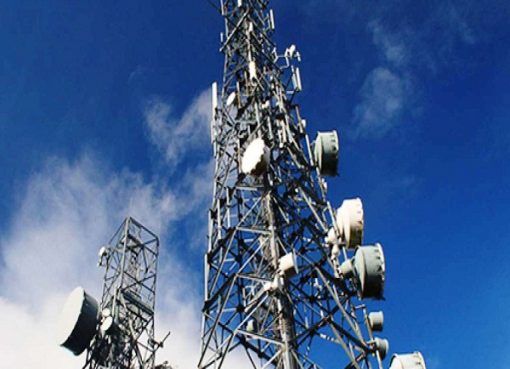Nanoplastics are plastics that have been discarded from our daily lives and that enter ecosystems in a size scale below 1 micro-metter after their physical and chemical disintegration. Recent research has shown that the concentration of microplastics in the major rivers in South Korea is the highest worldwide; it is not unusual to find news reports about the detection of microplastics in simple tea bags or drinking water and nanoplastic is the worse. The impact of micro/nanoplastics on human health and the environment in general is considered to be significant. However, the detection of nanoplastic is limited because their concentration is low and their size is extremely small. In addition, the detection process requires a few hours to days and incurs significant costs during the pre-processing step of concentrating the plastic sample.
The research team of Dr. Yong-sang Ryu at the Brain Research Institute of the Korea Institute of Science and Technology (KIST) used an electro-photonic tweezer along with metal nanoparticles to concentrate ultrafine nanoplastics within a short period, and they reported the development of a real-time detection system using light.
The research team supplied electricity to a large-area vertically-aligned metals sandwiched by nanofilm insulator. They conducted Raman spectroscopy, which analyzes the energy difference between the incident and scattered light according to the frequency of the molecule. By a combination of two techniques: electrical nanoparticle capture together with real-time Raman spectroscoy, the research team achive in-situ the detection of a 30-nm 10 μg L-1 polystyrene particle with the help of gold nanoplarticles via Surface-enhanced Raman spectroscopy.
Moreover, the research team easily separated the particle from the sample through the dielectrophoresis phenomenon. Thus, the entire process including the collection, separation, and analysis for nanoplastics analysis, , which previously required at least one day, was drastically reduced to several seconds by employing an original technology that separates and detects plastics using one platform.
Researchers Euitae Jeong and Dr. Eui-Sang Yu (common lead author) at KIST, who performed this research, reported that “the findings of this research are meaningful in that ultrahigh-sensitivity detection of microplastics in real-time has become possible, and the proposed approach can be extended to the measurement of the microplastic concentration in various water resources and applied as a water resource securement technology.“
Source: eurekaler










